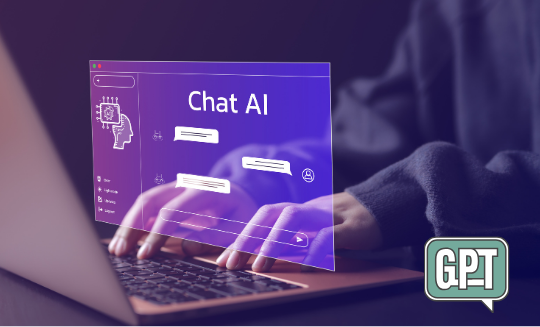
ChatGPT, developed by OpenAI, is a conversational AI model based on the GPT (Generative Pre-trained Transformer) architecture. It is designed to simulate human-like text responses, making it a valuable tool for various applications. GPT models, including ChatGPT, are trained on large datasets comprising diverse textual content from books, websites, and other written materials. This allows the model to grasp complex language patterns and respond in a coherent and contextually relevant manner.
The evolution of GPT models began with GPT-1 and progressed to more advanced versions, like GPT-3.5 and GPT-4. Each iteration brought improvements in text comprehension, response accuracy, and contextual awareness. While earlier versions had limited capabilities, recent models can engage in sophisticated conversations, draft essays, and even debug code.
ChatGPT uses a transformer architecture, a type of neural network optimized for natural language understanding and generation. Transformers rely on mechanisms like attention layers, enabling them to focus on different parts of the input text. This allows the model to understand not just individual words but the relationships between them in a given context.
One unique feature of ChatGPT is its token-based processing. Tokens are small chunks of text, such as words or sub-words, that the model processes individually. This method ensures efficiency and allows the model to handle prompts of varying lengths. However, token limitations can sometimes lead to incomplete or truncated responses in lengthy conversations.
Ultimately, ChatGPT serves as a bridge between humans and AI, allowing for intuitive interactions that were once considered the realm of science fiction. It empowers users by simplifying complex tasks, enabling creative expression, and offering support across multiple domains.
